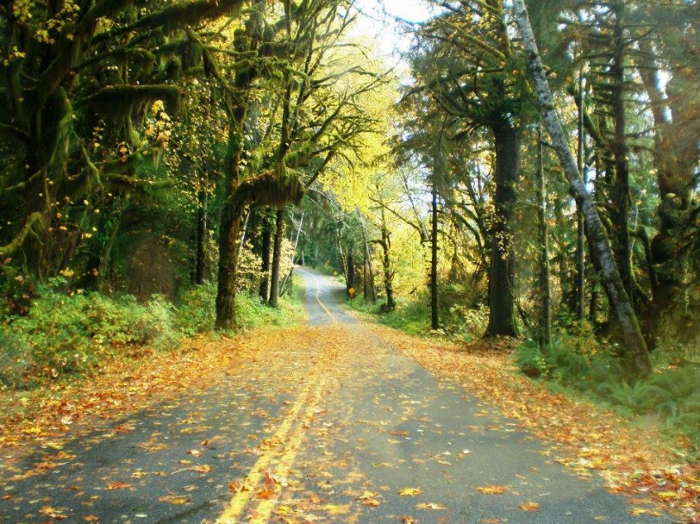底質から脂質バイオ マーカーの超音波抽出
概要
ソース: ジェフ Salacup - マサチューセッツ大学アマースト校講座
(葉、菌類、樹皮、組織のあらゆる生態系の生活「有機」共有を構成する材料図 1)非生活「無機」共有 (岩の構成鉱物、酸素、水、金属) の材料から根本的に異なります。有機物には炭素無機材料からそれを区別する他の炭素と水素分子 (図 2) のシリーズにリンクされているが含まれています。カーボンの広い結合価範囲 (3:56) 近隣の原子で通常、C、H、O、N、S、および P と最大 4 つの個別共有結合を形成することができます。単一の最大 3 つの共有結合を共有することもしばしば有毒のシアン化物、またはニトリル、グループの三重結合など、他の原子。過去 46 億年にわたってこのような柔軟性は、サイズ、複雑さ、極性、形状、および機能が異なる化学構造の驚くべき配列につながっています。有機地球化学の科学分野は地質学的時間を他のプロパティと同様に、この惑星上の生命によって生成されたバイオ マーカーと呼ばれる検出の有機化合物の全体の範囲の同定およびにかかわっています。

図 1。木、葉、コケなどの有機材料は、舗装などの無機物から化学的、視覚的に異なります。
手順
1. 必要な資料を収集します。
- (葉、汚れ、カビ、樹皮、組織)、通常冷凍、凍結乾燥、粉砕、および効率を最大にするグループで抽出、抽出前に均質化したサンプルです。3 つのサンプルを抽出します。
- サンプルのサイズ、に応じてボリューム 4 60 mL に至るバイアルを使用できます。この実験では、ホウケイ酸ガラスの瓶 (40 mL) と溶剤の安全キャップを使用します。バイアル、ホウケイ酸ガラス ピペットおよび計量缶 550 ° C、6 時間前に可能な有機汚染物質の除去を確実に燃焼させる必要があります。
- ほとんどの有機地球化学研究室では、ジクロロ メタン、メタノールが多い。実験室のツールと使用前にガラスを洗浄する個別に使用されます。多くのラボでメタノール (メタノール; 9:1) (DCM) ジクロロ メタンの混合物を使用することで、極性の広い範囲でバイオ マーカーを効率的に抽出します。溶剤は、有機汚染物質の無料する必要があります。
- 室温で超音波処理水のお風呂を使用します。超音波発生装置サイズおよび熱の有無は超音波処理の範囲は主要な科学機器の小売商から利用できます
結果
申請書と概要
スキップ先...
このコレクションのビデオ:

Now Playing
底質から脂質バイオ マーカーの超音波抽出
Earth Science
9.8K 閲覧数

ブラントン コンパス岩層の空間的なオリエンテーションの決定
Earth Science
25.7K 閲覧数

地形図を使用して地形断面を生成するには
Earth Science
32.2K 閲覧数

地質断面図を作る
Earth Science
47.3K 閲覧数

物性 i: 鉱物の結晶と胸の谷間
Earth Science
51.7K 閲覧数

II の鉱物の物理的性質: 組合せ解析
Earth Science
38.1K 閲覧数

火山火成岩
Earth Science
39.8K 閲覧数

火成貫入岩
Earth Science
32.4K 閲覧数

BGDGT 古のバイオ マーカー解析の概要
Earth Science
5.4K 閲覧数

Paleothermometry のアルケノン バイオ マーカー解析の概要
Earth Science
7.2K 閲覧数

堆積物から脂質バイオ マーカーのソックスレー抽出法
Earth Science
18.6K 閲覧数

堆積物中のバイオ マーカーの抽出溶媒抽出を加速
Earth Science
10.0K 閲覧数

U のけん化によって脂肪酸メチルエステルの変換k'37 Paleothermometry
Earth Science
10.1K 閲覧数

カラム ・ クロマトグラフィで総脂質抽出物の精製
Earth Science
12.4K 閲覧数

U の尿素の内転によって分岐、環状化合物の除去k'37 Paleothermometry
Earth Science
6.4K 閲覧数
Copyright © 2023 MyJoVE Corporation. All rights reserved